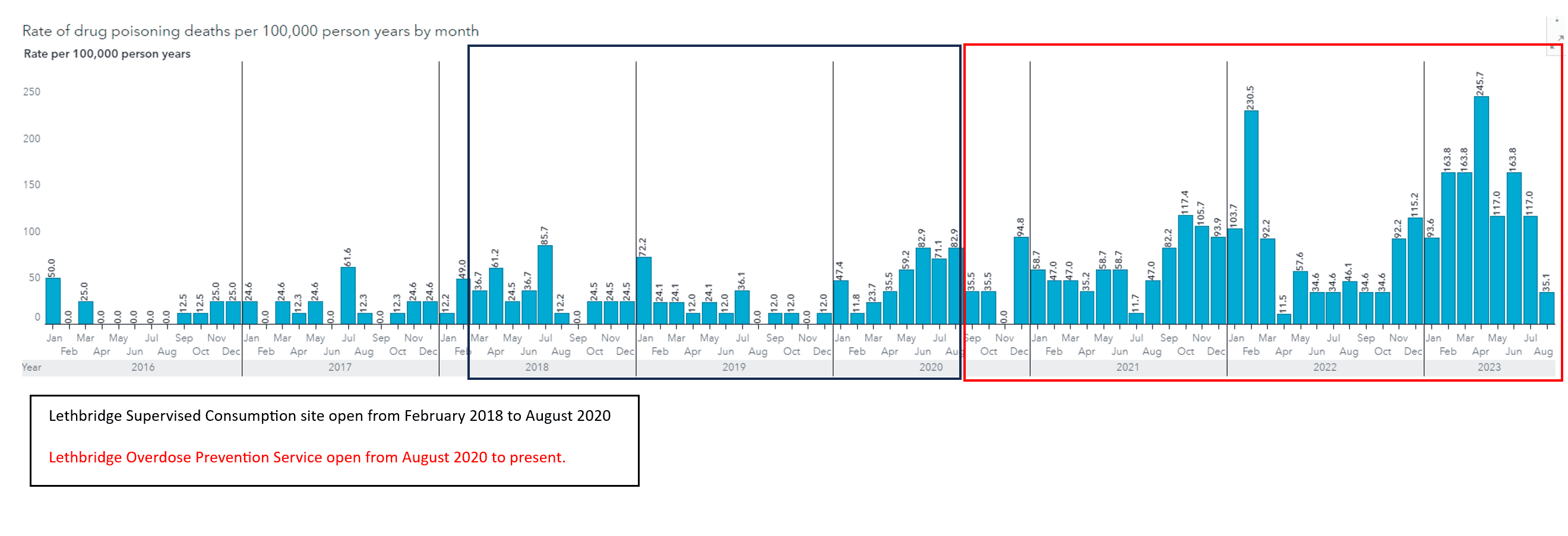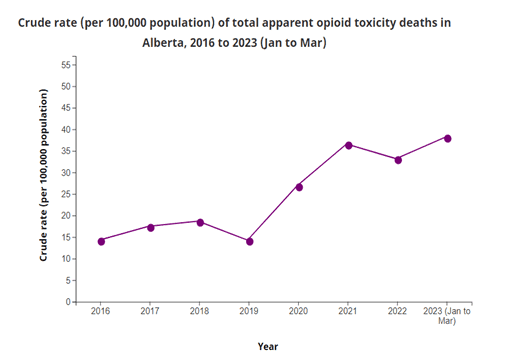[et_pb_section fb_built=”1″ _builder_version=”4.16″ custom_margin=”0px||0px||false|false” custom_padding=”0px||0px||false|false” global_colors_info=”{}” theme_builder_area=”post_content”][et_pb_row column_structure=”3_4,1_4″ use_custom_gutter=”on” _builder_version=”4.16″ _module_preset=”default” width=”100%” custom_margin=”0px||||false|false” custom_padding=”0px||0px||false|false” border_width_bottom=”1px” border_color_bottom=”#a6c942″ global_colors_info=”{}” theme_builder_area=”post_content”][et_pb_column type=”3_4″ _builder_version=”4.16″ _module_preset=”default” global_colors_info=”{}” theme_builder_area=”post_content”][et_pb_post_title meta=”off” featured_image=”off” _builder_version=”4.16″ _module_preset=”default” title_font=”||||||||” custom_margin=”||3px|||” border_color_bottom=”#a6c942″ global_colors_info=”{}” theme_builder_area=”post_content”][/et_pb_post_title][/et_pb_column][et_pb_column type=”1_4″ _builder_version=”4.16″ _module_preset=”default” global_colors_info=”{}” theme_builder_area=”post_content”][et_pb_image src=”https://edmontonsocialplanning.ca/wp-content/uploads/2020/12/COLOUR-BLOCKS_spaced-300×51.png” title_text=”COLOUR BLOCKS_spaced” align=”center” _builder_version=”4.7.7″ _module_preset=”default” max_width=”100%” max_height=”75px” custom_margin=”0px|0px|0px|0px|false|false” custom_padding=”10px|0px|20px|0px|false|false” global_module=”96648″ global_colors_info=”{}” theme_builder_area=”post_content”][/et_pb_image][/et_pb_column][/et_pb_row][et_pb_row column_structure=”3_4,1_4″ use_custom_gutter=”on” make_equal=”on” _builder_version=”4.16″ background_size=”initial” background_position=”top_left” background_repeat=”repeat” width=”100%” custom_margin=”0px|auto|0px|auto|false|false” custom_padding=”30px|0px|0px|0px|false|false” global_colors_info=”{}” theme_builder_area=”post_content”][et_pb_column type=”3_4″ _builder_version=”4.16″ custom_padding=”0px|0px|0px|0px|false|false” global_colors_info=”{}” custom_padding__hover=”|||” theme_builder_area=”post_content”][et_pb_text _builder_version=”4.23″ _dynamic_attributes=”content” _module_preset=”default” text_font=”|600|||||||” text_text_color=”#2b303a” custom_padding=”||32px|||” global_colors_info=”{}” theme_builder_area=”post_content”]@ET-DC@eyJkeW5hbWljIjp0cnVlLCJjb250ZW50IjoicG9zdF9kYXRlIiwic2V0dGluZ3MiOnsiYmVmb3JlIjoiIiwiYWZ0ZXIiOiIiLCJkYXRlX2Zvcm1hdCI6ImRlZmF1bHQiLCJjdXN0b21fZGF0ZV9mb3JtYXQiOiIifX0=@[/et_pb_text][et_pb_button url_new_window=”on” _builder_version=”4.23″ _module_preset=”default” custom_button=”on” button_text_color=”#ffffff” button_bg_color=”#008ac1″ custom_margin=”||19px|||” custom_padding=”||5px|||” global_colors_info=”{}” theme_builder_area=”post_content”][/et_pb_button][et_pb_text _builder_version=”4.23″ text_text_color=”#2b303a” text_line_height=”1.6em” header_2_font=”||||||||” header_2_text_color=”#008ac1″ header_2_font_size=”24px” background_size=”initial” background_position=”top_left” background_repeat=”repeat” text_orientation=”justified” width=”100%” module_alignment=”left” custom_margin=”0px|0px|0px|0px|false|false” custom_padding=”25px||||false|false” locked=”off” global_colors_info=”{}” theme_builder_area=”post_content”]
By Olivia Neufeldt
A recent publication by University of British Columbia researchers Dwyer et al., (2023) explores the impact of a one-time, unconditional cash transfer of $7,500 on people experiencing homelessness in Vancouver, British Columbia, and the public response to this program. Using three distinct studies, the researchers focus on the impact of cash transfers on people experiencing homelessness, public perception of how people experiencing homelessness would spend cash transfers, and the public perception of a cash transfer policy and its perceived impact on society.
Study 1
In Study 1, the researchers examined how people experiencing homelessness in Vancouver were impacted by a one-time, unconditional cash transfer over the course of one year (Dwyer et al., 2023). Some participants also participated in workshops every three months for a year which focused on self-affirmation, goal setting, and plan-making; and also received coaching which took the form of three 45-minute calls per month for six months aimed to increase self-efficacy and life skills. Participants in this study were between 19 and 65 years of age, homeless for less than two years, Canadian citizens or permanent residents, and had nonsevere levels of substance use, alcohol use, and mental health symptoms. All participants were given surveys throughout the year that measured housing stability, employment, education, income, spending, executive function, fluid intelligence, subjective well-being, food security, substance use severity, and social service use.
Participants were divided into 4 groups:
• Condition 1 (25 participants):
o Given a one-time cash transfer of $7,500.
o Participated in workshops and received coaching.
• Condition 2 (25 participants):
o Given a one-time cash transfer of $7,500.
o Participated in workshops.
o Did not receive coaching.
• Condition 3 (19 participants):
o Did not receive a cash transfer.
o Participated in workshops and received coaching.
• Condition 4 (46 participants):
o Did not receive a cash transfer.
o Did not participate in workshops or coaching.
The researchers developed three hypotheses related to cognitive and subjective well-being outcomes (Dwyer et al., 2023). Cognitive outcomes included fluid intelligence and executive function, while subjective well-being outcomes included life satisfaction, positive and negative affect, and self-efficacy. The researchers predicted that at the one-month check-in, cash recipients would show better cognitive and subjective well-being outcomes than control participants; cash recipients who received coaching would have better cognitive and subjective well-being outcomes than the cash recipients who did not receive coaching; and control participants who participated in the workshops and coaching would have better cognitive and subjective well-being outcomes than control participants who did not participate in any workshops or coaching. The researchers’ hypotheses were challenged as they found no difference in cognitive function or subjective well-being when comparing the groups in each hypothesis.
Using exploratory analyses, the researchers found that participants who were given the cash transfer spent 99 fewer days homeless and 55 more days in stable housing on average than control participants (Dwyer et al., 2023). The cash recipients kept more money in savings and also spent more money than control participants. Through self-reports, the researchers found that cash recipients spent more of their money than control participants on durable goods (i.e., furniture, car), rent, food, and transit. Cash recipients and control participants both spent similar amounts of money on temptation goods (i.e., drugs, alcohol, cigarettes), and the amount each group spent on temptation goods did not increase during the study. The researchers note that the benefits of the cash transfer appeared primarily within the first three months of the transfer.
The participants in conditions 1, 2, and 3 who took part in workshops and/or received coaching support did not benefit from these resources (Dwyer et al., 2023). Instead, the participants indicated that instrumental resources, such as assistance in obtaining an ID, creating a resume, setting up a chequing account, and finding affordable housing were more useful to them. This suggests that there was a gap between the need that was present, and the support being provided in the form of workshops and training.
Study 2
In Study 2, the researchers examined potential public mistrust of homeless individuals’ spending abilities by asking members of the public what they thought people experiencing homelessness would spend money on if given an unconditional cash transfer of $7,500 (Dwyer et al., 2023). Participants in this study were more likely to predict that a person experiencing homelessness would spend the cash transfer on temptation goods than a person who was stably housed or if the participant themselves was homeless. These results suggest that there are stereotypes and negative beliefs about people experiencing homelessness, specifically a perceived lack of responsibility regarding money. The researchers note that mistrust in people experiencing homelessness may hinder support for cash transfer programs or policies for people experiencing homelessness.
Study 3
In Study 3, the researchers explored public perception of the results from Study 1. Participants were members of the public who were provided with different descriptions of the results of Study 1 and then asked to share their level of support for a cash transfer policy (Dwyer et al., 2023). Participants in the study were more receptive to the messages that people experiencing homelessness used the cash transfers to purchase essential goods, increased their self-reliance, and created a net savings for society by relying less on shelters. The researchers suggest that when stereotypes are challenged with evidence or when cash transfers are presented as generating a net savings for society and helping people experiencing homelessness become more independent, members of the public may be more supportive of cash transfer programs.
Limitations
There are limitations of this study, particularly in Study 1, which are important to acknowledge to better understand the results and their implications. The researchers recognize these limitations but present their results as overwhelmingly successful despite the potential impact of these limitations.
Study 1 was faced with issues with participant attrition, meaning that as the study progressed, the number of participants decreased. Firstly, after applying the inclusion criteria and removing participants who declined to participate or were unable to contact, and maintaining a reserve list, 115 participants were chosen to participate in one of four groups (Dwyer et al., 2023). During each subsequent check-in stage, the number of participants decreased. By the final 12-month check-in, there were 79 participants who actively participated in the study, 35 in the two cash groups and 44 in the two control groups (Dwyer et al., 2023). Since the number of participants varied throughout the study, this challenges the researchers’ ability to compare participant results across each follow-up period.
Secondly, to manage the loss of participants, the researchers recruited additional control participants during the course of the study to replace those who had dropped out (Dwyer et al., 2023). This raises questions about the reliability of the control participant results as the replacement participants may have had different experiences from those who left the study and thus, may impact what results and conclusions are reached.
Thirdly, the small sample size of participants throughout the study suggests that the conclusions drawn from the data may not reflect the diverse experiences of people experiencing homelessness. The small sample size also impacted the researchers’ ability to find a significant effect for each individual group and led to the extrapolation of the data (Dwyer et al., 2023).
However, it is important to note that researchers often face challenges locating and maintaining contact with participants experiencing homelessness (Becker et al., 2014), suggesting that the small sample size in Study 1 may reflect the difficulties in retaining participants experiencing homelessness.
Where Do We Go from Here?
Keeping these limitations in mind, the discussion that the researchers present regarding the potential benefits of cash transfers, stereotypes about people experiencing homelessness, and public perception of the efficacy of cash transfers present an opportunity for the community, those in government, and policy makers to reexamine what steps are being taken to support people experiencing homelessness and what beliefs they have about people experiencing homelessness. There are a number of questions that arise from this study that future research should consider.
Key Questions for Further Study
• Do cash transfers have a significant impact on people experiencing homelessness who belong to varying demographics (e.g., people experiencing homelessness and are: newcomers, of different ages, unemployed, experiencing hidden homelessness, homeless for more than two years, living in encampments, and/or experiencing substance use and/or mental health challenges)?
• What impact would a larger cash transfer have? Study 1 provided participants with $7,500; however, the researchers recognized that this was not much money for someone living in Vancouver (Dwyer et al., 2023).
• Do one-time, unconditional cash transfers have long-term impacts? Study 1 examined effects over the course of one year, but this does not show whether these cash transfers had a significant impact on people experiencing homelessness after a year.
• How do cash transfers compare to the short- and long-term impacts of other services and support, such as food banks, shelters, and emergency services? Are the societal savings that come with an unconditional transfer consistent over time?
• What impact do cash transfers have during times of static housing development? Study 1 took place during a time of modular housing development in Vancouver, but this type of development varies from year to year (Dwyer et al., 2023).
• Are the current workshops and coaching supports available to people experiencing homelessness meeting their needs?
• Given the stereotypes that exist about people experiencing homelessness, what can be done to challenge these stereotypes?
• How do stereotypes about people experiencing homelessness impact the development and implementation of government policies and community support intended to help people experiencing homelessness?
References
Becker, K., Berry, S. H., Orr, N., & Perlman, J. (2014). Finding the hard to reach and keeping them engaged in research. In R. Tourangeau, B. Edwards, T. P. Johnson, K. M. Wolter, & N. Bates (Eds.), Hard-to-survey populations (pp. 619–641). Cambridge University Press. https://doi.org/10.1017/CBO9781139381635.036
Dwyer, R., Palepu, A., Williams, C., Daly-Grafstein, D., & Zhao, J. (2023). Unconditional cash transfers reduce homelessness. Proceedings of the National Academy of Sciences, 120(36), https://doi.org/10.1073/pnas.2222103120
[/et_pb_text][/et_pb_column][et_pb_column type=”1_4″ _builder_version=”4.16″ custom_padding=”0px|20px|0px|20px|false|false” border_color_left=”#a6c942″ global_colors_info=”{}” custom_padding__hover=”|||” theme_builder_area=”post_content”][et_pb_testimonial author=”Posted by:” job_title=”@ET-DC@eyJkeW5hbWljIjp0cnVlLCJjb250ZW50IjoicG9zdF9hdXRob3IiLCJzZXR0aW5ncyI6eyJiZWZvcmUiOiIiLCJhZnRlciI6IiIsIm5hbWVfZm9ybWF0IjoiZGlzcGxheV9uYW1lIiwibGluayI6Im9uIiwibGlua19kZXN0aW5hdGlvbiI6ImF1dGhvcl93ZWJzaXRlIn19@” portrait_url=”@ET-DC@eyJkeW5hbWljIjp0cnVlLCJjb250ZW50IjoicG9zdF9hdXRob3JfcHJvZmlsZV9waWN0dXJlIiwic2V0dGluZ3MiOnt9fQ==@” quote_icon=”off” portrait_width=”125px” portrait_height=”125px” disabled_on=”on|off|off” _builder_version=”4.16″ _dynamic_attributes=”job_title,portrait_url” _module_preset=”default” body_text_color=”#000000″ author_font=”||||||||” author_text_align=”center” author_text_color=”#008ac1″ position_font=”||||||||” position_text_color=”#000000″ company_text_color=”#000000″ background_color=”#ffffff” text_orientation=”center” module_alignment=”center” custom_margin=”0px|0px|4px|0px|false|false” custom_padding=”32px|0px|0px|0px|false|false” global_colors_info=”{}” theme_builder_area=”post_content”][/et_pb_testimonial][et_pb_text disabled_on=”on|off|off” _builder_version=”4.16″ _dynamic_attributes=”content” _module_preset=”default” text_text_color=”#000000″ header_text_align=”left” header_text_color=”rgba(0,0,0,0.65)” header_font_size=”20px” text_orientation=”center” custom_margin=”||50px|||” custom_padding=”48px|||||” global_colors_info=”{}” theme_builder_area=”post_content”]@ET-DC@eyJkeW5hbWljIjp0cnVlLCJjb250ZW50IjoicG9zdF9jYXRlZ29yaWVzIiwic2V0dGluZ3MiOnsiYmVmb3JlIjoiUmVsYXRlZCBjYXRlZ29yaWVzOiAgIiwiYWZ0ZXIiOiIiLCJsaW5rX3RvX3Rlcm1fcGFnZSI6Im9uIiwic2VwYXJhdG9yIjoiIHwgIiwiY2F0ZWdvcnlfdHlwZSI6ImNhdGVnb3J5In19@[/et_pb_text][/et_pb_column][/et_pb_row][/et_pb_section]

